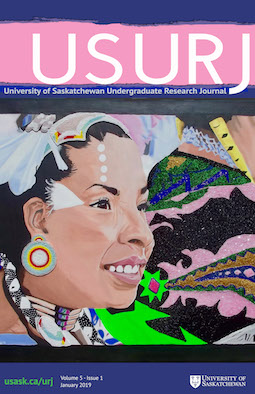The Use of Non-Canonical Amino Acids as a Novel Biocontainment Strategy
DOI:
https://doi.org/10.32396/usurj.v5i1.357Keywords:
placeholderAbstract
Advancements in synthetic biology have led to the use of genetically modified organisms in research and industrial fields. Bacteria were one of the first organisms to be genetically engineered due to their fast growth and simple genetics, and have emerged as a major scientific and commercial interest. For instance, modified commensal bacteria can be used as an oral delivery vector of therapeutics, or as probiotics to target specific pathogens in the gastrointestinal tract. The impact of the release of pathogens used in research or vaccine development could be catastrophic to the environment and public health. In addition, there is growing concern about using genetically modified organisms in open systems, as there is a possibility for unintentional proliferation into natural environments. Therefore, is imperative that the environmental safety of genetically modified organisms are addressed, and that adequate biocontainment mechanisms are developed.
Downloads
Published
Issue
Section
License
Articles: USURJ’s current Publication Agreements apply a Creative Commons Attribution-NonCommercial License (CC-BY-NC) by default. The CC BY-NC license lets others remix, tweak, and build upon work non-commercially. The author(s) can choose a different CC license, as outlined in https://creativecommons.org/about/cclicenses/. Please see the PDF for each article to determine what license is applied to that article. Author(s) can also request to reserve all copyright (All Rights Reserved). If there is no indication for articles published before September 2020, assume the author retains all rights beyond those necessary for publication by USURJ. All articles published after September 2020 will apply one of the aforementioned CC licenses. See the Publication Agreement under the Submission Preparation Checklist or Author Guidelines for more information. Artwork: All copyright for the original artwork remains with the artist unless they wish to apply a Creative Commons (CC) license to the artwork. Please see the PDF for each artwork to determine what license is applied to that artwork.







